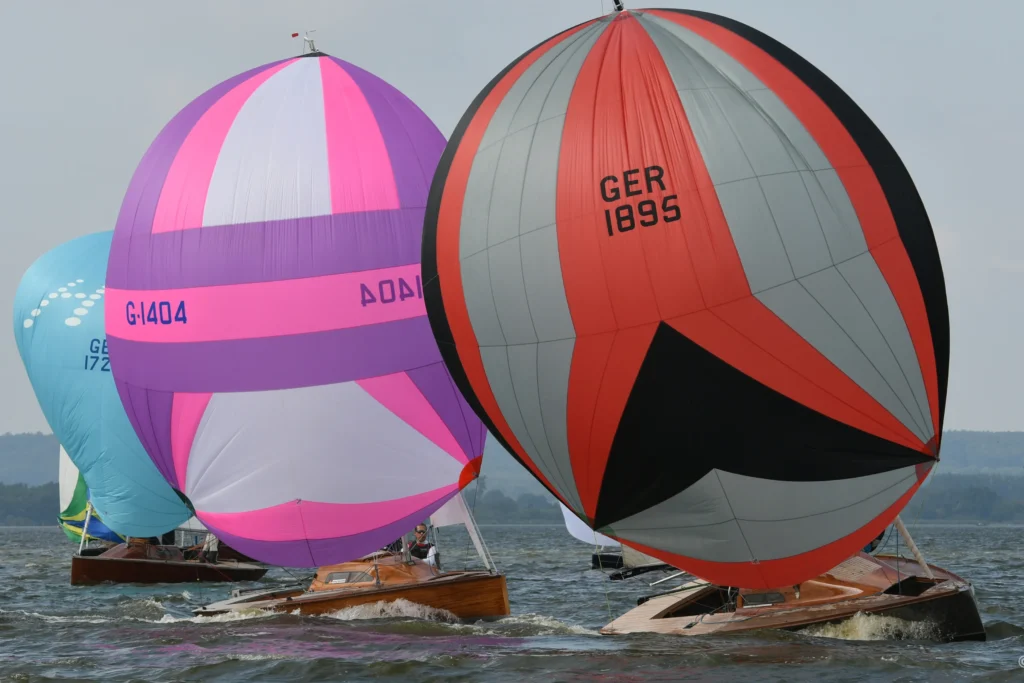Fatal accidents
Last year, two fatal accidents in the middle of a regatta shocked the Swiss sailing community. Were they simple accidents or excessive risk-taking? Skippers investigated to try and understand the circumstances and draw some lessons.
The “Blaubandregatta” on Lake Zug is a not-to-be-missed event in the local nautical calendar. Every year, around twenty boats take part, as for the 2024 edition. Summer thunderstorms are nothing out of the ordinary on this stretch of water, but this time the front approached without warning, taking everyone by surprise. Made up of three experienced sailors, the crew of a Lacustre had not yet lowered the spinnaker when a violent gust hit the boat. The boat luffed. The spinnaker flattened the boat, pinning the mast to the water. With the heel, the cockpit quickly took on water and, in less than thirty seconds, the boat sank. One of the crew, trapped in the ends, was unable to free himself and disappeared with the boat. His automatic lifejacket probably restricted his movements and reduced his visibility. How can a keelboat sink so quickly? Damian Weiss, naval architect, former Alinghi member and active regatta racer, has a clear idea of the phenomenon: “It’s mainly older, flat, open boats like the Toucan, Dragon or Lacustre that are likely to accumulate large quantities of water in a short space of time. Toucans wrecked on Lake Geneva are legion.” Thomas von Gunten, President of the Swiss Lacustre Association, has a more nuanced opinion: “In the 86 years of its existence, only four Lacustres have sunk to my knowledge. I’ve been a member of the series since 1999, and the qualifying regattas are well attended. As for our Swiss championships, over thirty Lacustres usually take the start, and we’ve had no serious accidents to date.”
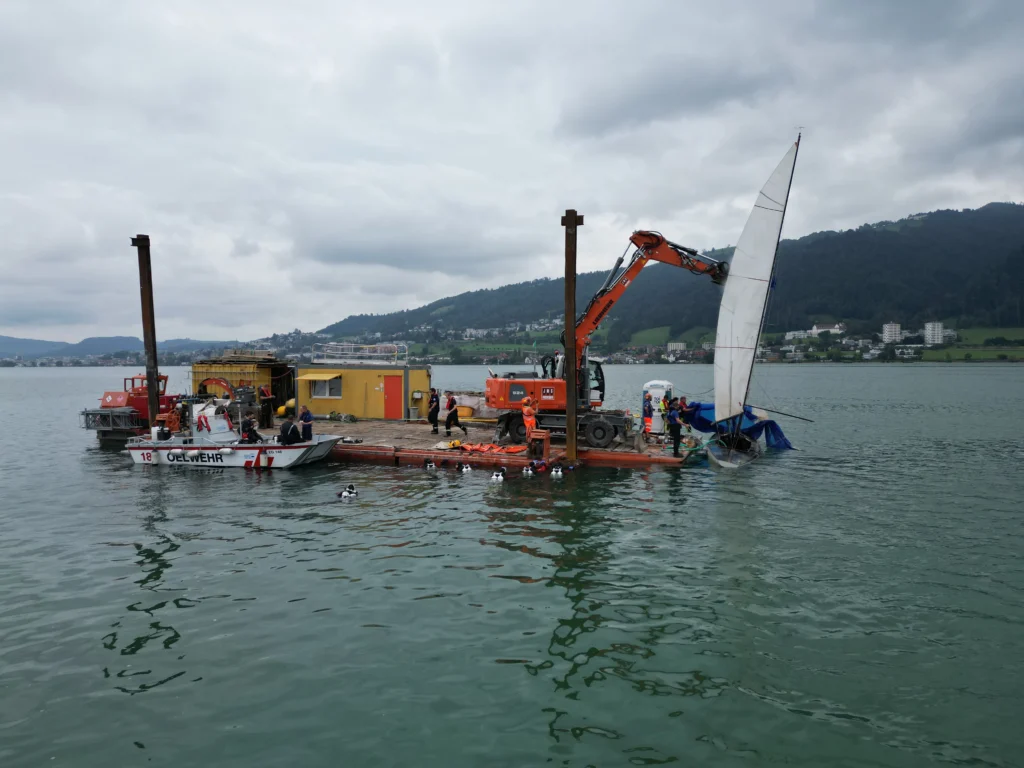
TO LOCATE THE WRECK. ©Kapo Zug
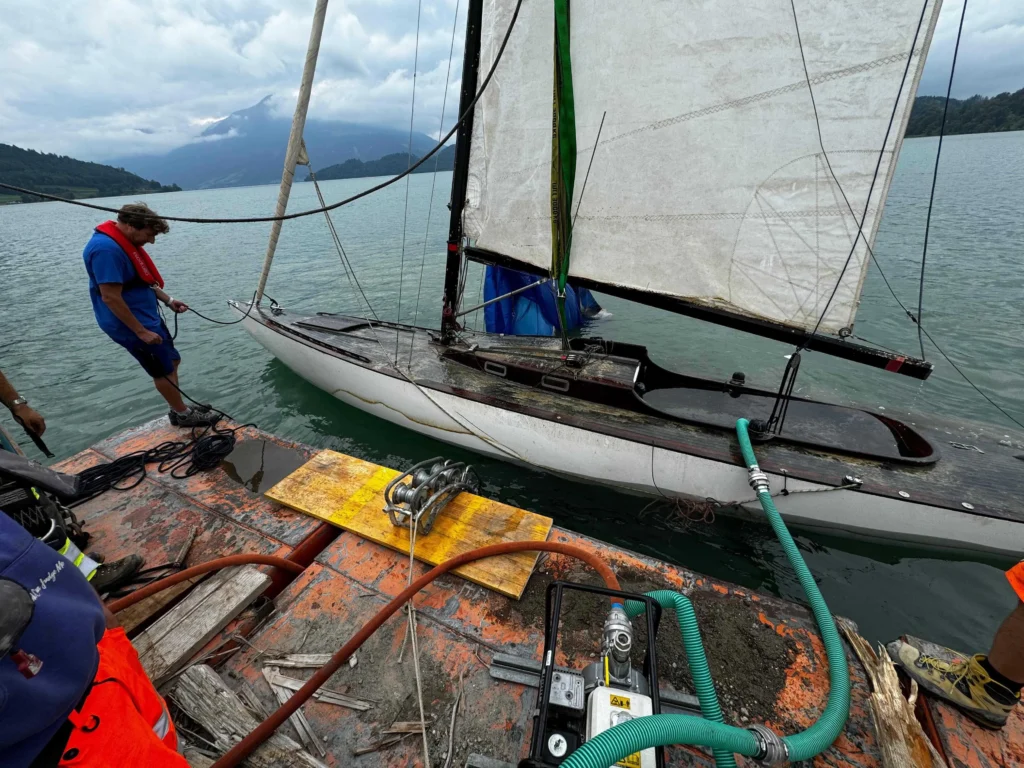
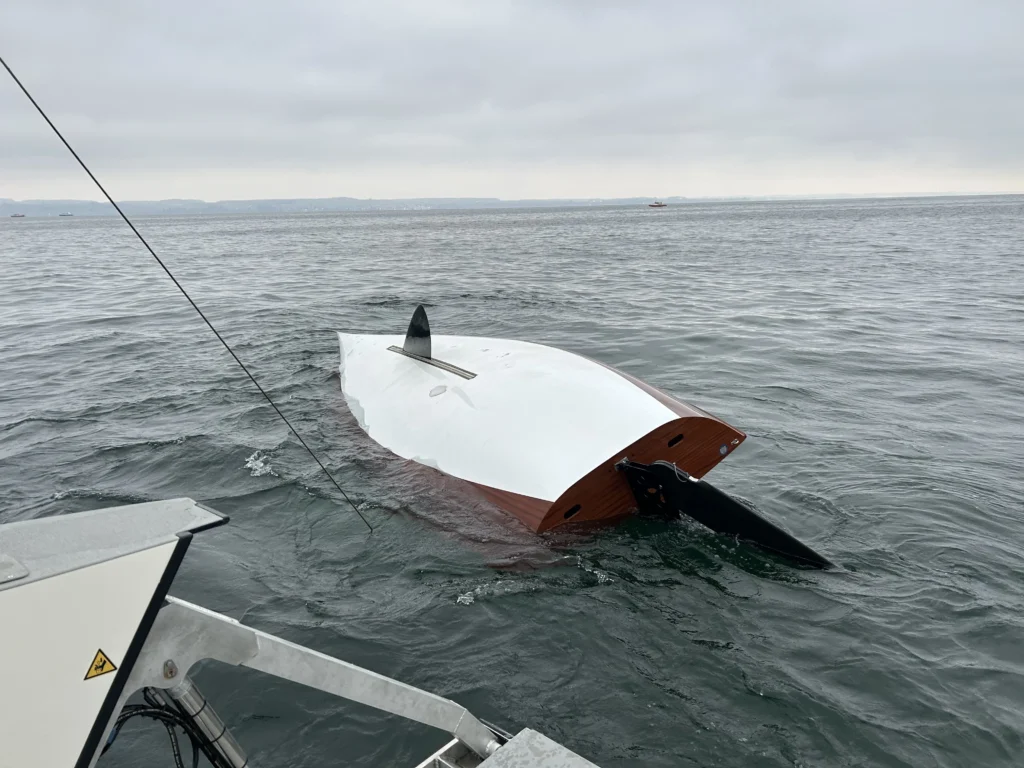
Death by hypothermia
The second tragedy occurred at the end of November on Lake Constance. Two seasoned sailors had left Friedrichshafen for Constance to take part in the traditional “Eiserne” regatta. Their sailboat, a modern Swedish 15 m 2 called P-Boat, is an extremely high-performance, highly specialized and all the more demanding machine. That day, over 150 boats were sailing towards Konstanz under ideal conditions: bright skies, a 3 Beaufort north-easterly wind gusting to 5 Beaufort. The water temperature did not exceed eight degrees and the air was icy cold. Still seen under spinnaker by other sailors, the P-Boat should have reached Constance in two to three hours. That evening, not seeing the two men arrive, the organizers alerted the shipping police. It was not until the following morning that the boat was found, capsized but almost intact. In the afternoon, the bodies of the two missing men were fished out of the water, floating thanks to their life jackets. There was every reason to believe that the yacht had flipped over in a gust, throwing its occupants into the water.
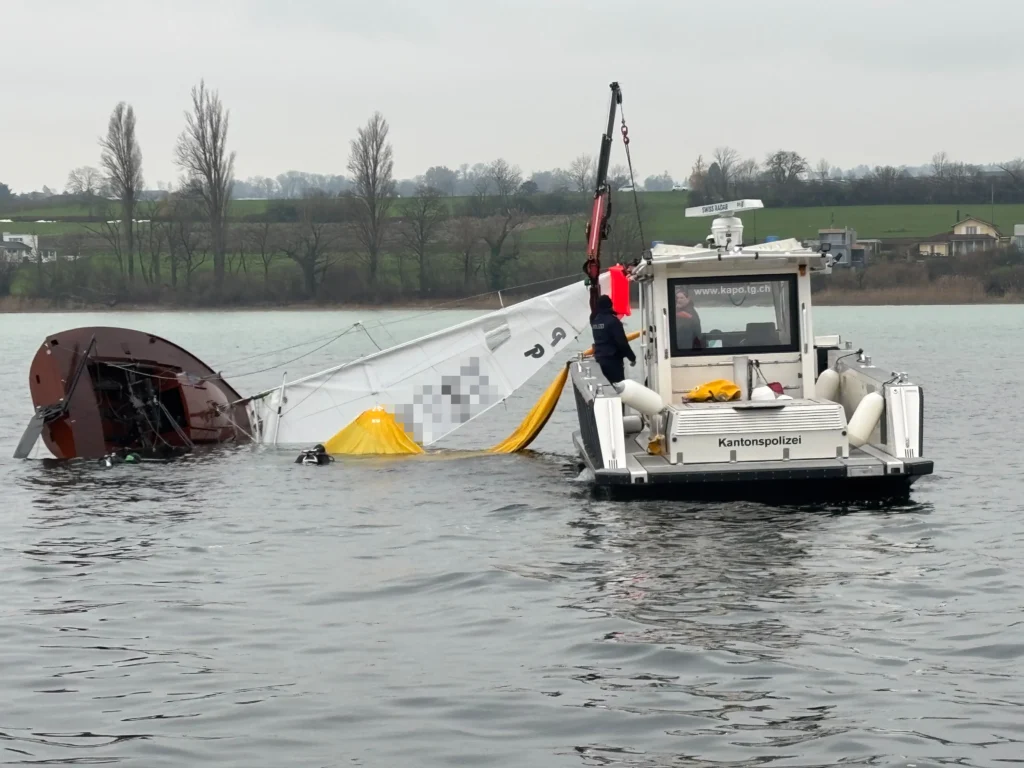
THE DINGHY, WHOSE SPINNAKER WAS STILL IN PLACE. ©Kapo Zug
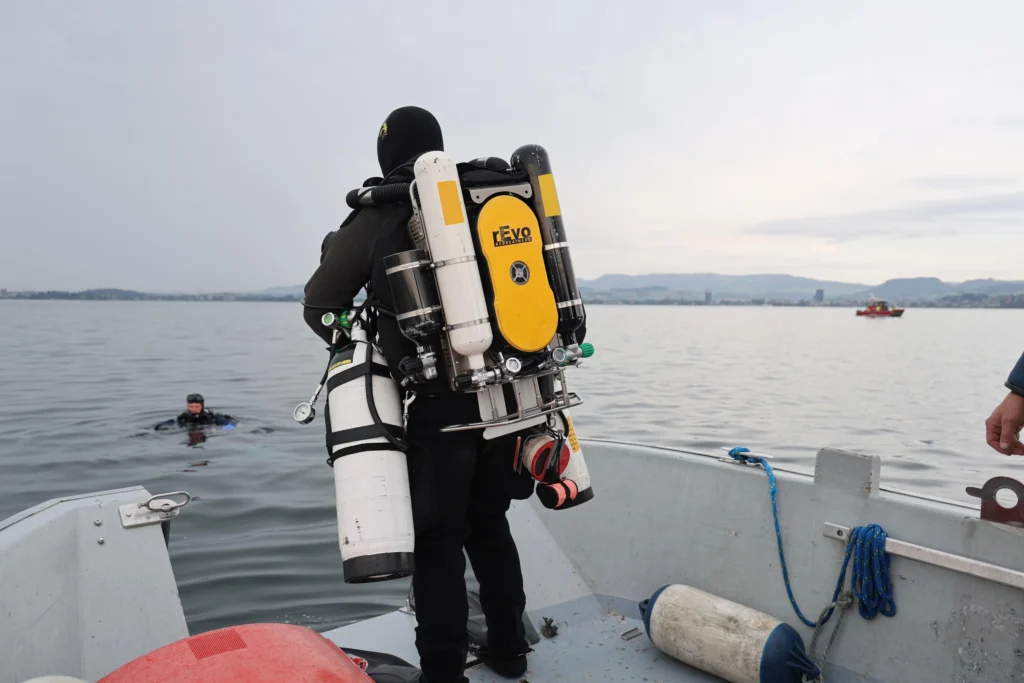
PERILOUS OPERATION. ©Kapo Zug
The autopsy revealed that both sailors lost consciousness due to hypothermia before drowning. In such cold water, it is virtually impossible to survive without assistance. The cold tetanizes the muscles to such an extent that the person is unable to swim. A dry suit with technical underwear and a PLB beacon would have considerably increased their chances of survival.
Correct risk assessment?
In both accidents, the spinnaker left in place in rough conditions seems to have played a fatal role. Given the notable experience of the victims, the question arises as to whether they acted out of recklessness. Whether they properly weighed the passion and pleasure at the helm against the risk involved. That said, even with rigorous risk management, such tragedies can never be totally ruled out. Damian Weiss, who has already experienced many perilous situations, including the Dantesque Bol d’Or 2019, believes he knows why sailors – especially the more experienced ones – fail to assess the danger correctly: “Many sailors overlook the fact that the weather has become unpredictable. In the past, you could see a front coming, clouds heralding the foehn. Today, the changes are so sudden and the gusts so violent that even seasoned sailors are caught off guard. This reality is too often underestimated. The two tragedies have shaken the entire sailing community. Skippers does not seek to point the finger at those who may be responsible, but wishes to make every sailor aware of the importance of realistically assessing risks and constantly adapting safety measures.


